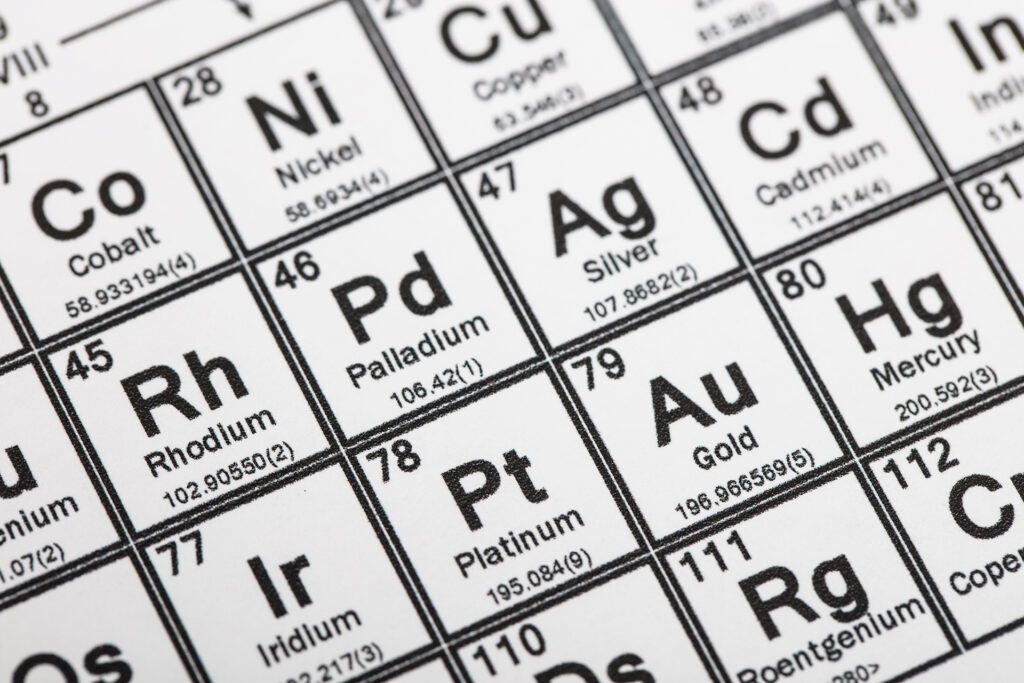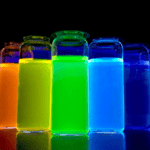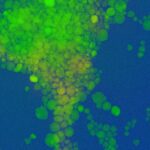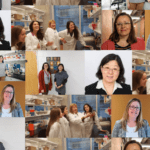“There is no easy characterisation technique to get a clear molecular image of these interactions, so our knowledge of surfaces is often through indirect characterisation and supposition,” explains MacDonald.
“Understanding what happens at the surface could help develop new synthetic nanocrystals. These interactions are controlling the size, the shape and even the crystalline phase of the nanocrystals, but they ultimately also control function whether it be catalysis, fluorescence yields, or where they end up in cells,” says MacDonald.
Paul Thompson | Pocketless proteins
Nearly 1700km away at the University of Massachusetts, Professor Paul Thompson’s work is seeking to improve human health. Thompson uses chemical biology for pharmacological applications such as chemical probes—small molecule tools that can help researchers target proteins inside cells and tissues and learn more about their role in disease.
“Developing chemical probes for novel targets [new ways to combat disease] is incredibly exciting because such probes can unlock new biology and hold the potential to be therapeutics for a range of different diseases,” Thompson explains.
The research Thompson and his team are conducting has led to developing several compounds that are being evaluated in preclinical models of diseases such as lupus, diabetes, and rheumatoid arthritis.
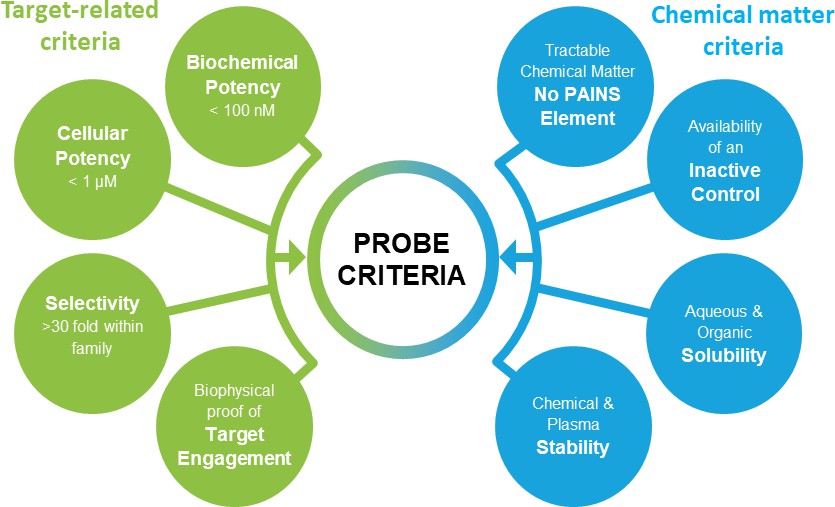
Given their use in how we study and understand disease, “[c]hemical probes need to fulfil stringent criteria to qualify as research tools.” eLife 2018;7:e34311 DOI: 10.7554/eLife.34311

